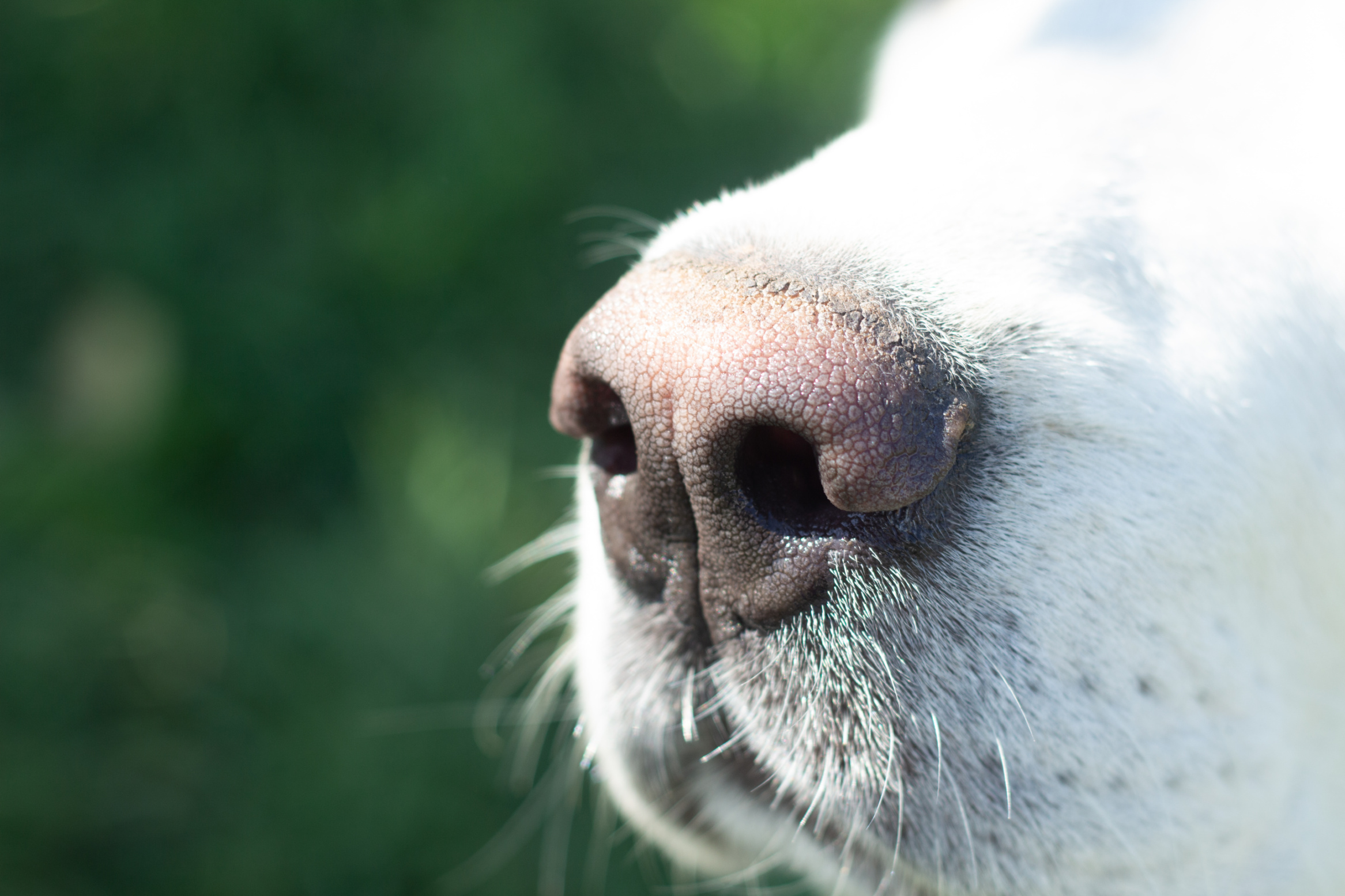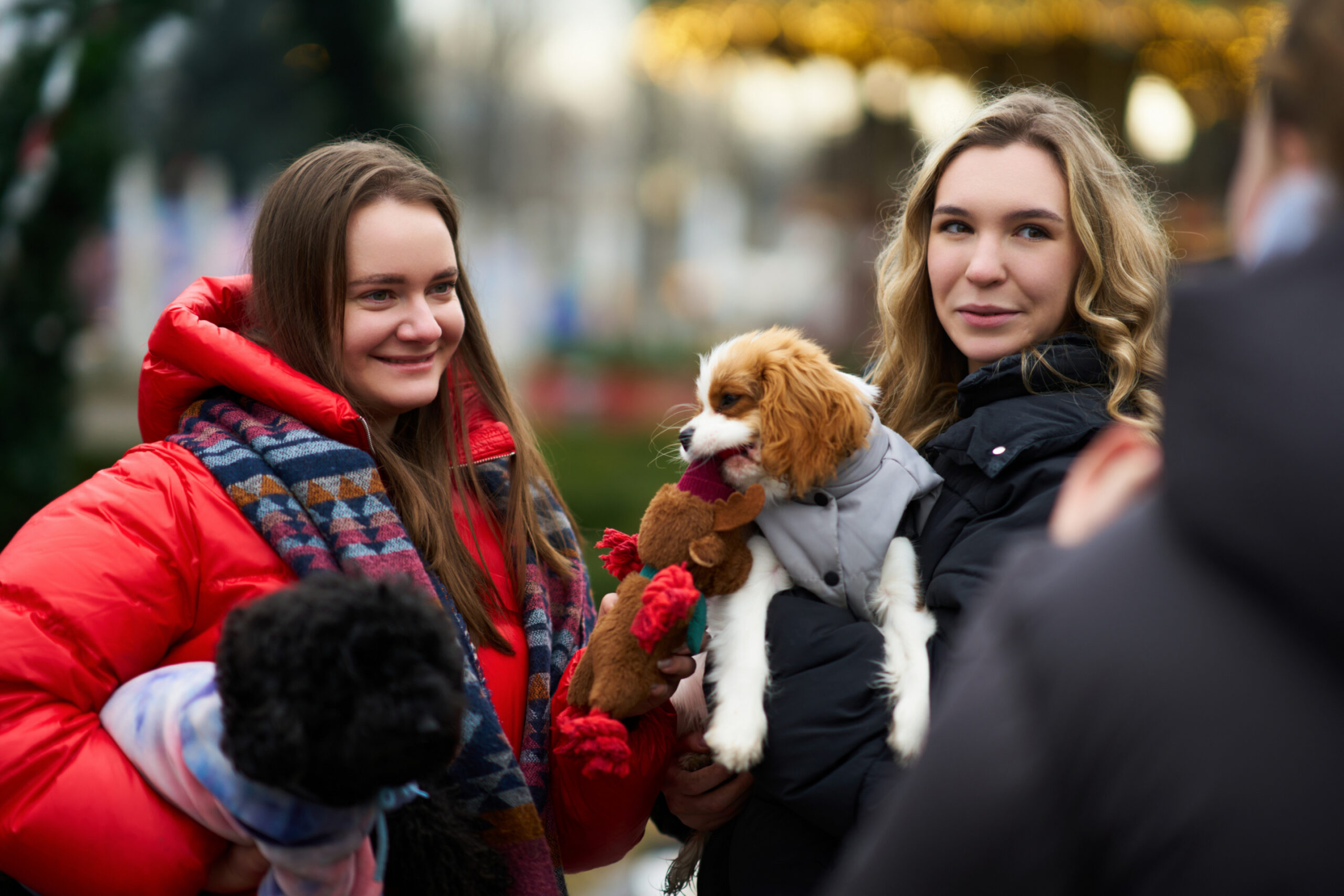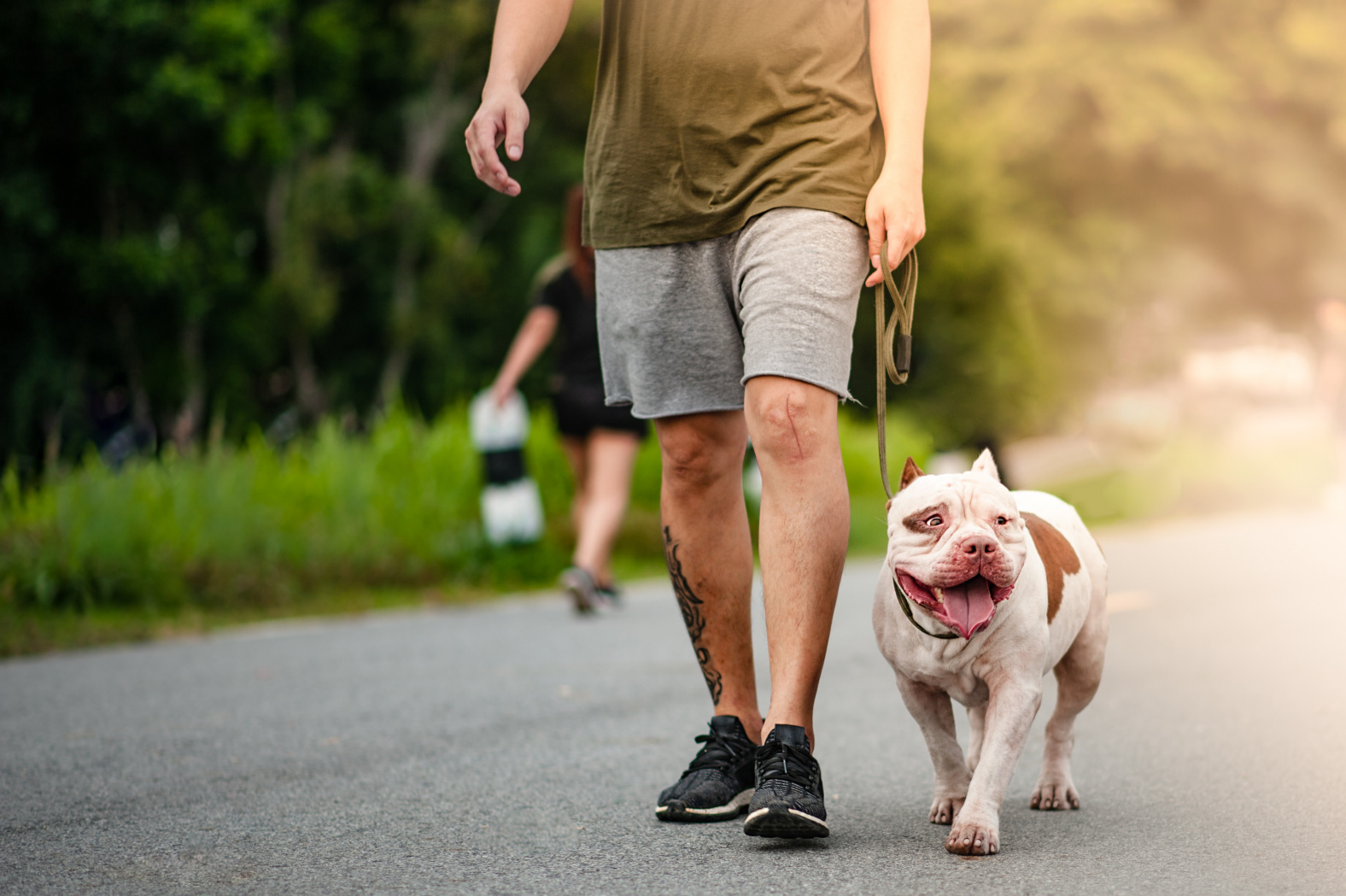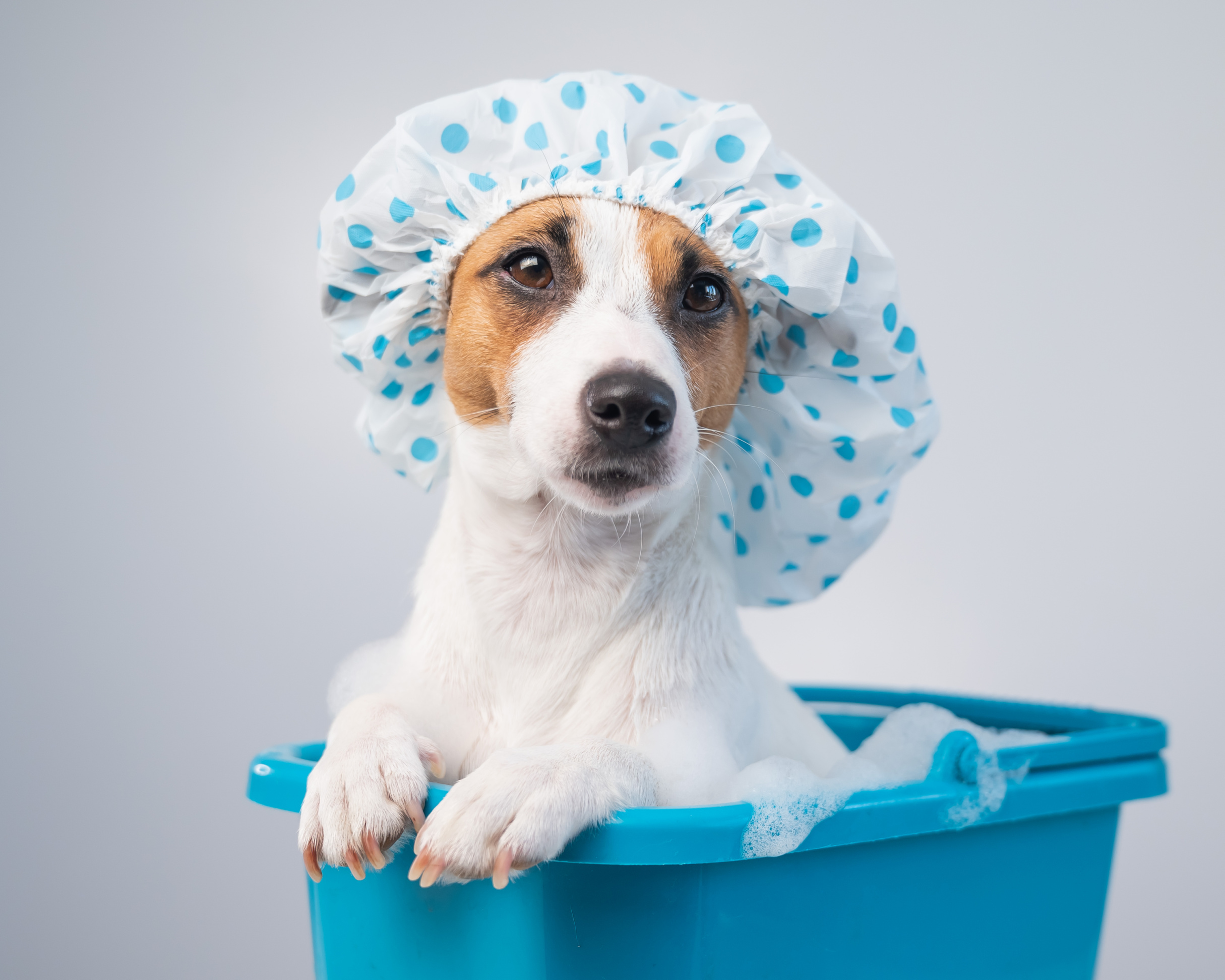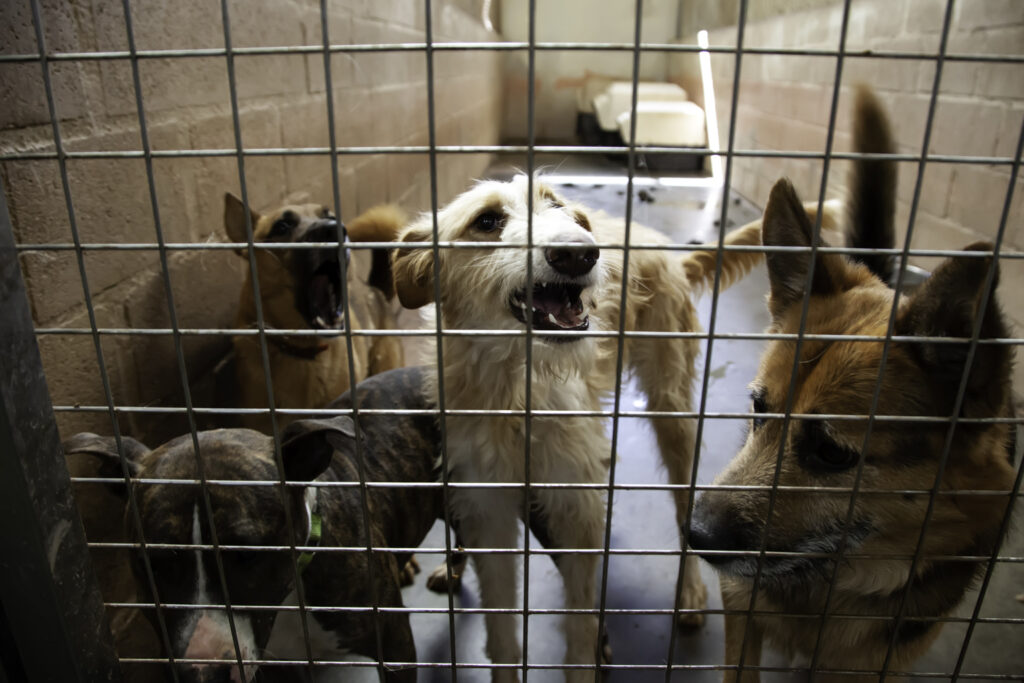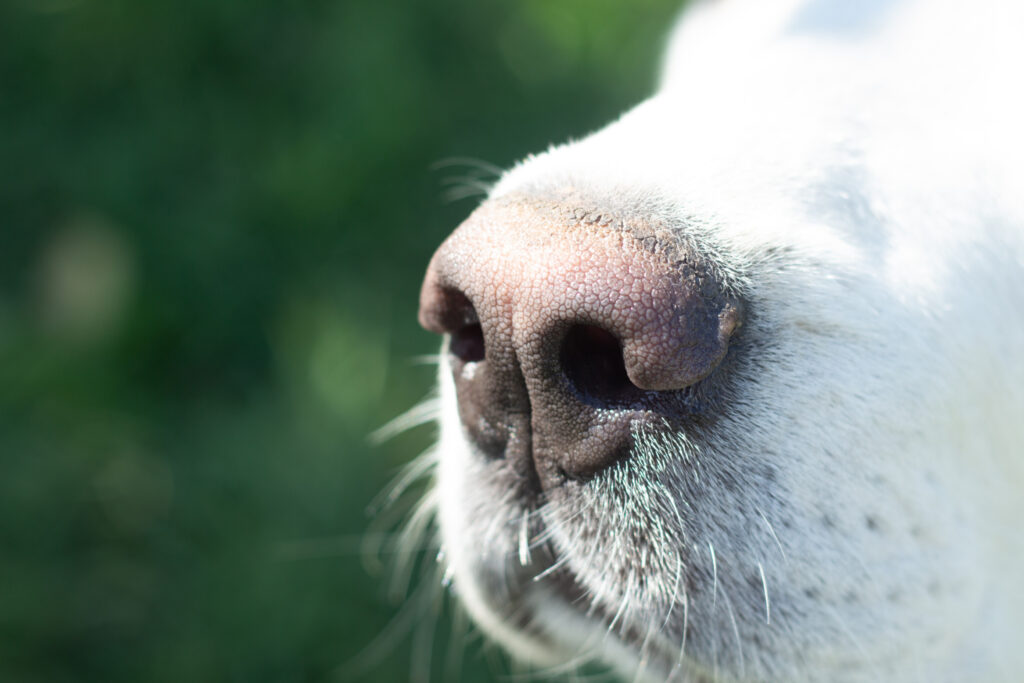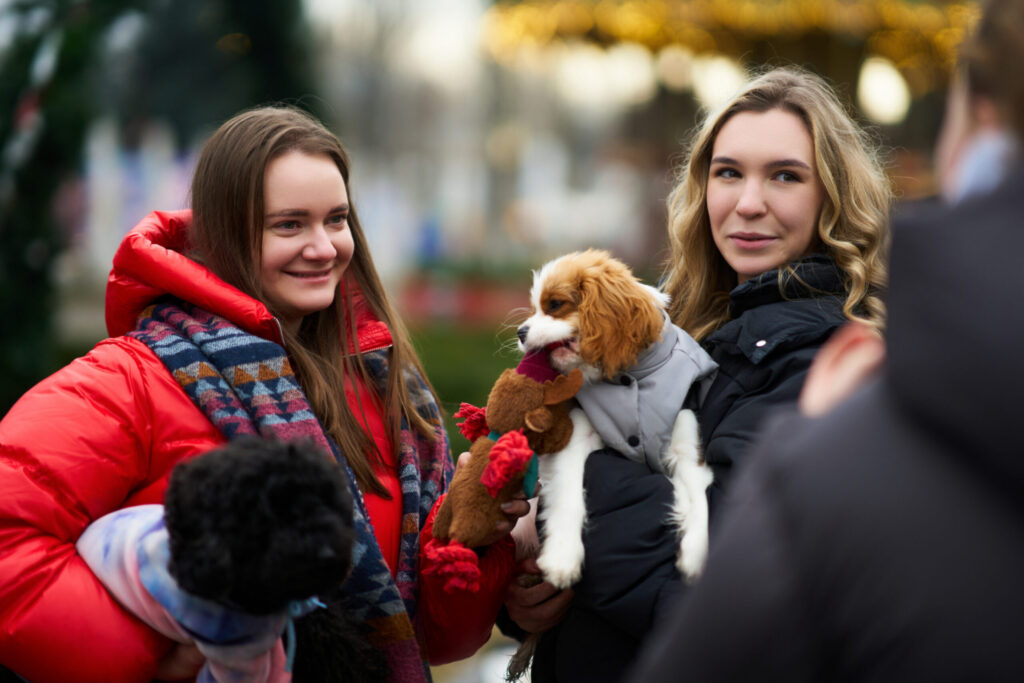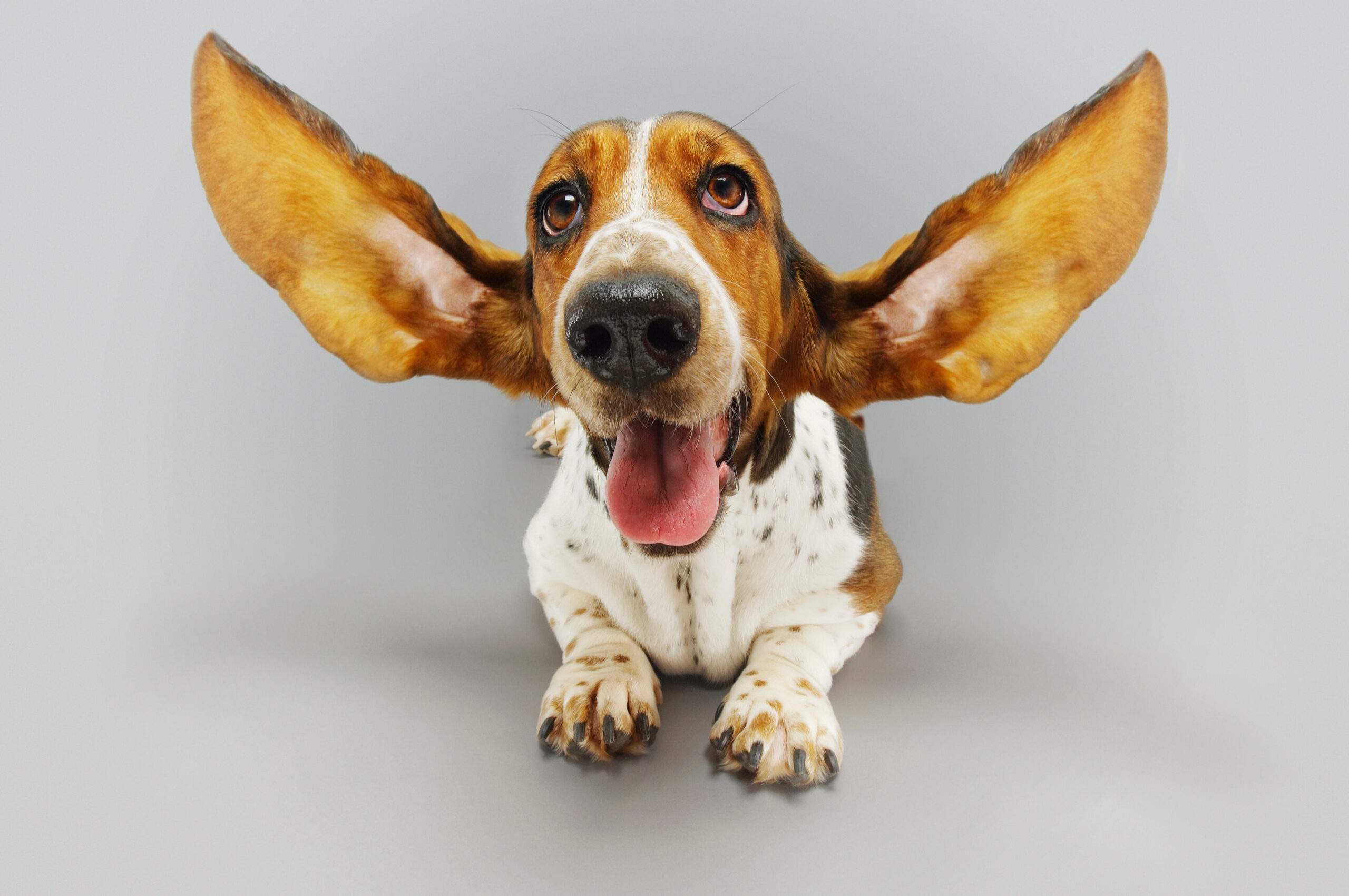
It’s Not What You Say, It’s How You Say It:
Dogs are amazing creatures. They have learned how to live with humans, have adapted to our ways, can be taught a variety of jobs, and can even learn how to speak our language. No matter the dialect, dogs can learn how to communicate…our way. But, have you ever taken into consideration how you speak to your dog? Or, that sometimes the best way to ‘speak’ to a dog is to not speak at all? At the end of the day, dogs care more about the purpose behind what you say over what you are saying. How does it benefit them and are you following through with the directive? If neither of these components line up, then the likelihood of your dog listening to what you have to say is very slim. Afterall, it’s not what you say, but how you say it that makes all the difference!
When I was little, my uncle owned a rescue Doberman named Lucy. Lucy only really liked my uncle and my grandma. She did not take very kindly to visitors coming into her home. When we would come to visit, my uncle would put Lucy away in the bedroom. Well, on one particular visit, my family and I were sitting with my grandma in her room, and in comes Lucy, barreling down the hall and into grandma’s room. Now, grandma was bedridden. She had suffered an illness some time back which caused her to lose the use of her legs and limited use of her arms and upper body. But when Lucy came running into her room, my grandma lifted her right hand ever so slightly off the bed and in her strongest voice said ‘Lucy go!’ And Lucy turned right around and left the room. What made Lucy listen to my grandma without a moment’s hesitation? My grandma couldn’t stand, couldn’t speak very loudly, and her hand gesture was a flick of the wrist at best. Even in her weakened state, she maintained rules and boundaries with Lucy and in return, Lucy saw her as someone worthy of following. Lucy had a relationship with my grandma based on trust and respect. Lucy heard my grandma’s words, but it’s how my grandma said it that sealed the deal: calm, direct, no emotion or excitement. Pure, non-negotiable direction.
Over the years, I have met countless clients in their home. Their dogs usually range from being extremely wary of humans to being overly excitable. I always require that dogs be on leash prior to my arrival for my safety. When you walk into a dog’s home, you’re in their territory and they are surrounded by their people. Depending on the dog, this factor usually makes them super hyper and jumpy or super controlling and possessive. However, more often than not, when I enter a new client’s home, I am always told that the dog is not ‘behaving as they usually do’ in a situation like this. It’s often joked that the dog must know I am a dog trainer and therefore are on their best behavior. Sometimes, clients will even go as far as to say the dog is scared of me because I must mean business. The truth? When I enter these homes, I’m not looking at the dog, talking to the dog, advancing towards the dog, or petting the dog. And, I’ve required that a boundary already be set up: the leash. With the dog being unable to practice their habit, and them not being pressured into a social interaction prematurely, they are allowed to just be…themselves, and process the situation more naturally. So, what I am saying to the dog without saying to the dog is ‘I’m in your home, your parent’s invited me here, you do you, I’ll do me, and when you’re ready, we’ll talk.’
Many of my clients have small children. And one of the reasons that I am there is to help the dog and child learn how to coexist peacefully together. Usually the dog is overstimulated by the child, and accidents are happening because of it. A lot of pressure is put on dogs to be perfect around a child, but no expectations or rules have been set for the child in regards to their interactions with the dog. So what do I do? I divert my focus on what they should be doing with the dog, and spend a good amount of time instructing them how they should be guiding the child to act around the dog. And I not only speak from a professional level, but personally as well. When my son was born, we had four dogs. As he grew, and started to move around more, I gave safe places for both him and the dogs to have free space and move around comfortably. This system allowed my dogs to get used to the weird movements of my toddler, from a distance, which helped them to feel calm and advocated for. And it allowed my child to be…a child. He learned right away that he was not allowed access to his dogs all the time. As he got older, the barriers started to come down, and in their place was the already established foundation of coexistence. My child was able to grow up with and navigate around four dogs on a daily basis, and he never grabbed for them, never tugged their tails, never chased them…he barely petted them. But, they hung out together in the same room, stayed by his side when he was outside playing, took treats gently from his hand, and walked calmly by his stroller. At 7 years old, my son was able to put a leash on our new, nervous dog when my father was unable to. My son had quickly established a relationship with Daisy that took the adults in her life a little longer to hone. Why? The first thing TJ did when he met Daisy was letting her come to him while he just existed. No talking, no petting, no overstimulation of any kind. Daisy took an instant liking to his vibe, and has loved him since.
There’s a common saying that dog’s don’t judge. But, I’d like to clarify this sentiment. While they don’t judge you based on your age, abilities, sexual orientation, race, or religious affiliations, they DO judge you on your ability to communicate. If your mode of communication comes off as unreliable, YOU will be viewed as unreliable, and your dog will start to call the shots. So, moving forward, don’t concentrate so much on WHAT you are saying to your dog. Concentrate on HOW you say it and ALL the ways it can be said!
RECENT
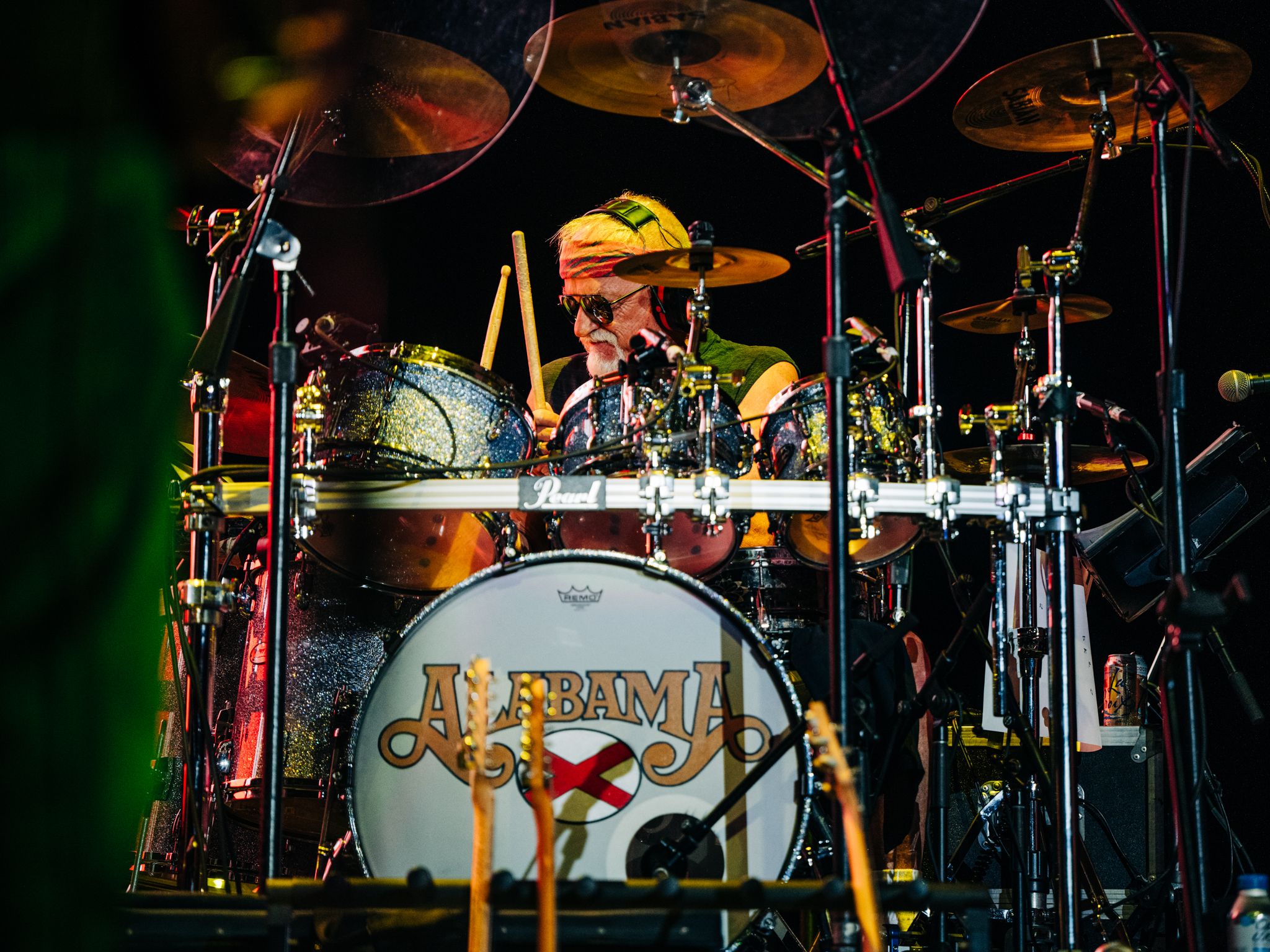
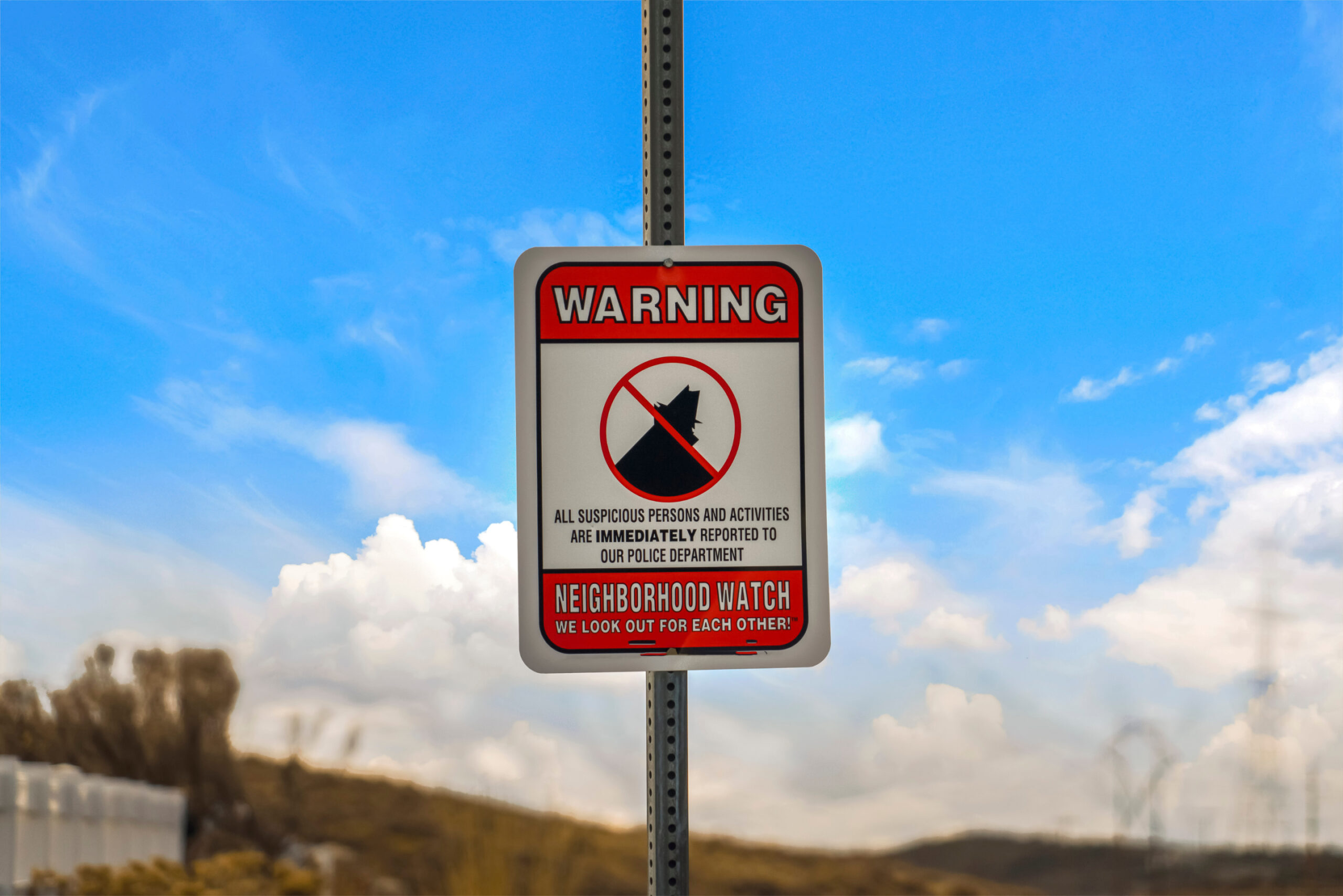
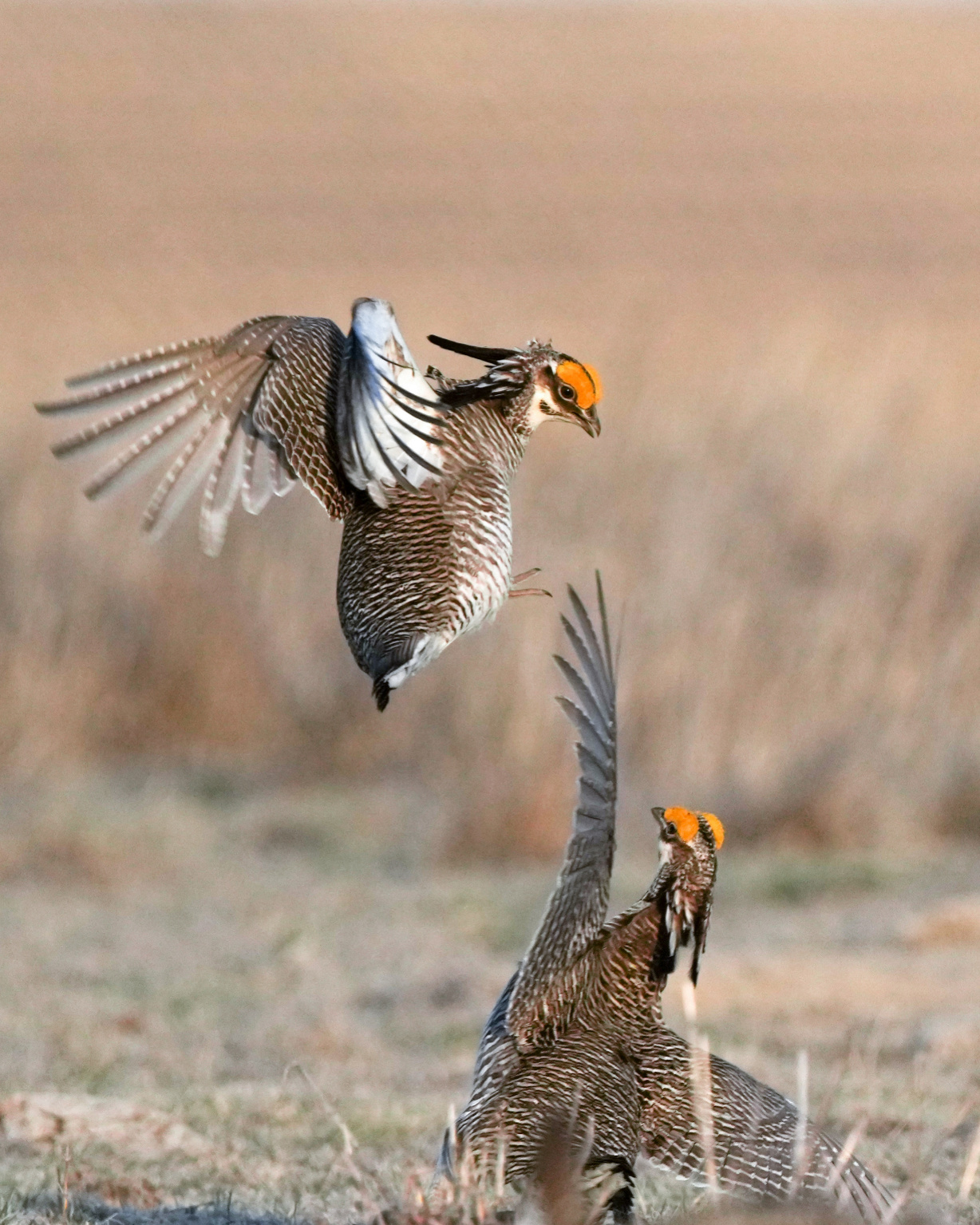







BE THE FIRST TO KNOW
More Content By
Kate McCue

